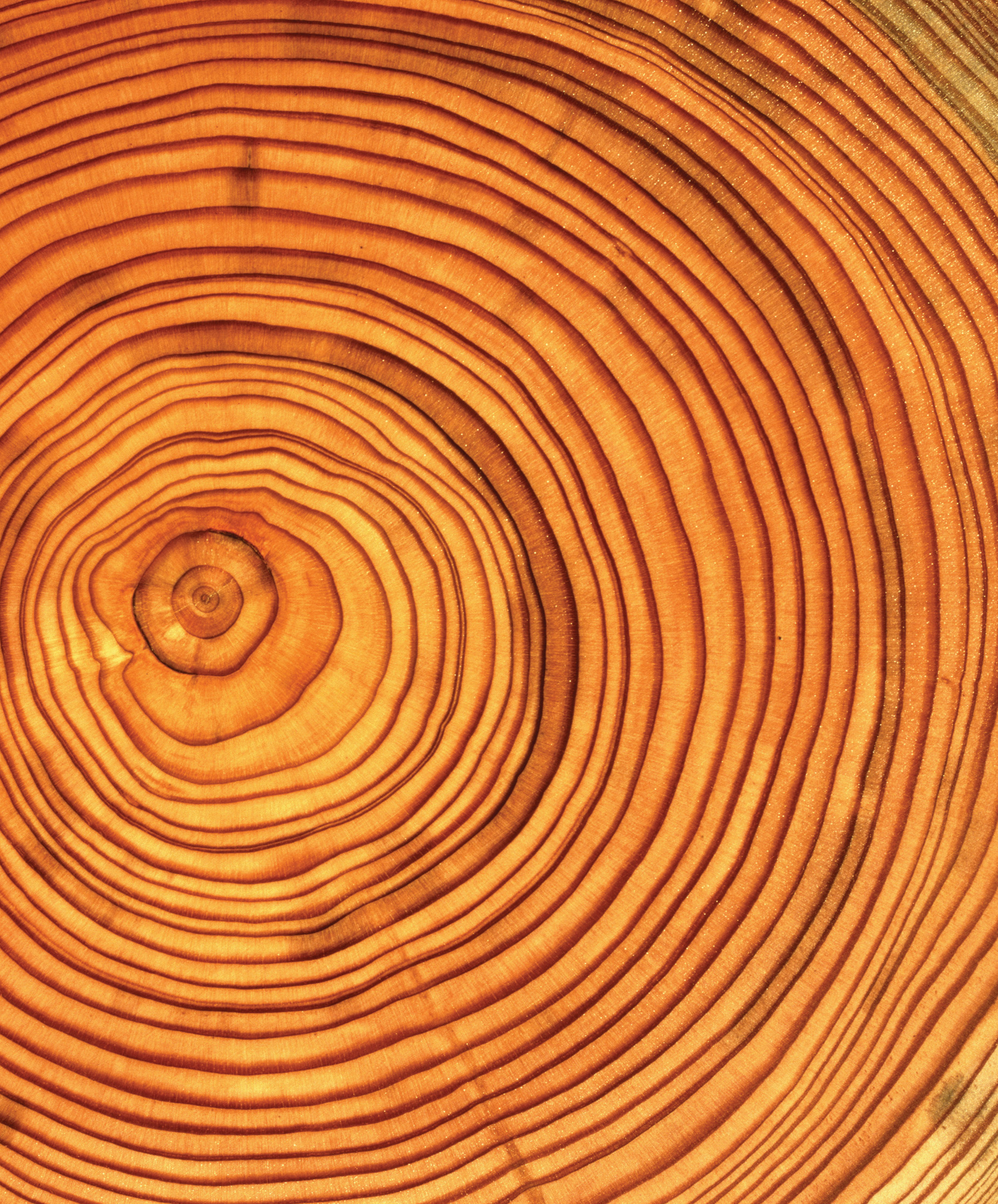CHAPTER 31 INTRODUCTION
CORE CONCEPTS
31.1 In plants, upward growth by stems occurs at shoot apical meristems, populations of totipotent cells that produce new cells for the lifetime of the plant.
31.2 Hormones are chemical signals that influence the growth and differentiation of plant cells.
31.3 Lateral meristems allow plants to grow in diameter, increasing their mechanical stability and the transport capacity of their vascular system.
31.4 The root apical meristem produces new cells that allow roots to grow downward into the soil, enabling plants to obtain water and nutrients.
31.5 Plants respond to light, gravity, and wind through changes in internode elongation and the development of leaves and branches.

In the previous chapters, we have seen how two major innovations played key roles in enabling plants to thrive on land. The first is an internal vascular system capable of pulling water from the soil, allowing plants to elevate their leaves into the air to capture sunlight (Chapter 29). The second is a diploid sporophyte generation that allows plants to disperse by spores carried through the air (Chapter 30). These and other features of vascular plants depended on new ways of building the plant body.
The fossil record shows that the first vascular plants were little more than small photosynthetic stems with simple sporangia at their tips. Wood, leaves, and roots all came later. Today, most landscapes include trees with thick woody stems, extensive root systems, numerous leaves, and complex reproductive structures. To understand how these innovations evolved, we need to explore the ways that plants grow and develop.
To begin, let us remind ourselves briefly how our own bodies develop from fertilized eggs (Chapter 20). Humans and other mammals grow by the repeated division of cells throughout the body. Many cells migrate from one place to another, especially early in development. Embryonic stem cells, formed by the first divisions of the fertilized egg, have the potential to give rise to many different cell types. Cells with this ability are termed totipotent. As development proceeds, however, cells lose this totipotency and proceed down a genetically determined developmental pathway. Functionally distinct cell types differentiate as growth proceeds, forming tissues and organs. Once the body is mature, growth essentially stops.
In contrast, vascular plants grow according to entirely different principles, with cell division confined to discrete populations of totipotent cells called meristems and growth commonly lasting throughout the life of the plant. A bristlecone pine in western North America may be several thousand years old, but it continues to sprout new branches, new leaves, and new cones every year. The capacity for continued growth and development lies at the heart of how plants meet the challenges they face because they are rooted in one place.
Plants respond to the world around them not by moving about, but by modifying their size and shape. Plants acquire resources by growing to them, and they compete with neighboring plants by growing beyond them. Thus, growth fulfills many of the same roles in plants that behavior does in animals (Chapter 45). And although plants can’t move out of the way of danger, they can rebuild after fire or frost damage, or after being struck by a falling tree. Even reproduction requires the continuing formation of new structures.
This chapter focuses on how vascular plants build their bodies. We begin by asking how the shoot system, consisting of leaves, stems, and reproductive structures, is formed. We then turn to the development of root systems, asking how plants are able to grow belowground. Finally, we consider how plants sense the environment and how they respond to what they sense by modifying their development.